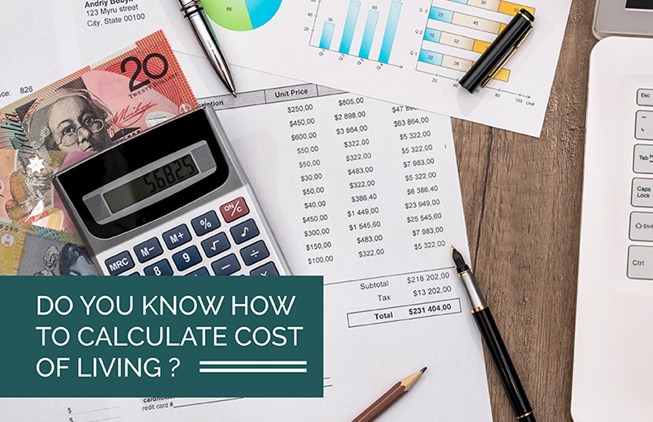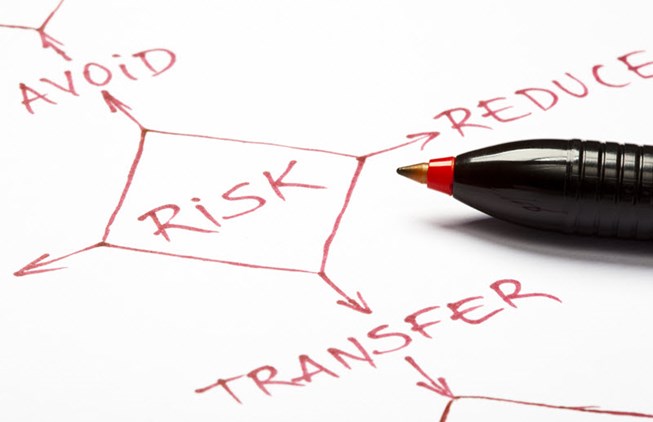
Most people leave it to guesswork. And that’s never a good basis for budgeting your finances.
How much you really spend can be difficult to track and calculate; and working on Excel spreadsheets well into midnight hours to figure it out isn’t most people’s idea of fun.
Fortunately, there are plenty of great tools and techniques available to help you calculate cost of living.
How to calculate cost of living: Tools to assist
Technology has made calculating cost of living much easier. Try the following tools for starters:
- The ANZ or CBA spend tracker: these track and automatically categorise the money going out of your bank account each day.
- TrackMySPEND by ASIC: you set up your spending cycle and spending limit, then add new expenses on-the-go with a name (e.g. morning coffee), amount (e.g. $4) and category (e.g. eating out).
- Pocketbook: if you don’t want to change banks, Pocketbook is an independent app that syncs to your bank account to give you a complete view of your spending by categorising your expenses.
Do you have to become your own bookkeeper?
There are countless other apps and tools to help you calculate cost of living. However most are more complicated and will require some extra setup and ongoing maintenance, i.e. you essentially become your own bookkeeper.
Some people do love to track where every dollar goes but, for the majority, this is tedious and not how you want to spend your spare time; especially when the new season of your favourite Netflix series has just been launched.
The good news is that there is an easier way to calculate your living costs so that you can start to budget…
The easy way to calculate cost of living
The easiest way to calculate cost of living is simply to work backwards.
Start by looking at your bank account and this will reveal the savings you’re making after all costs have been accounted for.
Your bank account doesn’t lie. Look at the balance over a 12-month period and you should start to see a pattern.
For example, if your balance is growing by approximately $1,500 per month, you know your current savings capacity is $18,000 p.a.
Let’s say you’re receiving net after-tax household salaries/income of $10,000 per month. This equates to $120,000 p.a.
Take $18,000 p.a. off this and you know your living costs are $102,000 p.a.
Then go a step further and take off your mortgage/rental costs or other debt commitments e.g. $32,000 p.a. This will result in pure living costs estimated at $70,000 p.a.
Once you have this figure nailed down, you can start strategically planning your financial future and put your surplus cashflow to work.
The sooner you start this, the sooner you can achieve financial freedom.
To work out the best financial strategies for your surplus cashflow, seek financial advice from a qualified Independent Financial Adviser. Contact us here if you need help now.
Altitude Financial Planning is a Corporate Authorised Representative of Altitude Financial Advisers Pty Ltd
ABN 95 617 419 959
AFSL 496178
The information contained on this website is general in nature and does not take into account your personal circumstances, financial needs or objectives. Before acting on any information, you should consider the appropriateness of it and the relevant product having regard to your objectives, financial situation and needs. In particular, you should seek the appropriate financial advice and read the relevant Product Disclosure Document.


